Moving native oysters from Scotland to the Solent
by Dr Luke Helmer
Dr Luke Helmer, Blue Marine Foundation’s (BLUE) Restoration Science Officer, has spent the past year creating the first native oyster restoration reef on the Solent. This marks both a substantial milestone for the project, which began in 2015, and a leap forward for an iconic species that has all but disappeared in the area. BLUE is working alongside wider UK & Ireland and European networks to restore the native oyster in its natural range. This is Luke’s story.
Having spent my childhood and academic career on the South Coast, I have developed a strong connection with the area and the natural beauty above and below the water. People often ask how I ended up working on oysters and the honest answer is: “I was in the right place at the right time — just kind of fell into it, I guess. Then I worked hard, so I am still riding that wave.”
It is probably the sheer number of benefits that they can provide to nature and communities that intrigues me the most. From their ability to filter vast quantities of water a day, to supporting hundreds of species across their natural range, these unassuming creatures are certainly superheroes of the seas. Their amazing capabilities are also what make the dramatic decline of many oyster species around the world even more heart-breaking: humans have essentially removed the kidneys from the ocean and are now paying the price.
We have been working with native oysters for several years and knew that scaling up our operation was inevitable. Having seen first-hand how reefs are built from shell and gravel in the US and Australia, I knew that this was going to be no mean feat. We are lucky to have a fantastic working group of stakeholders in the Solent, so I was confident that it was possible for us to come together and recreate this on our patch on the south coast of the UK.
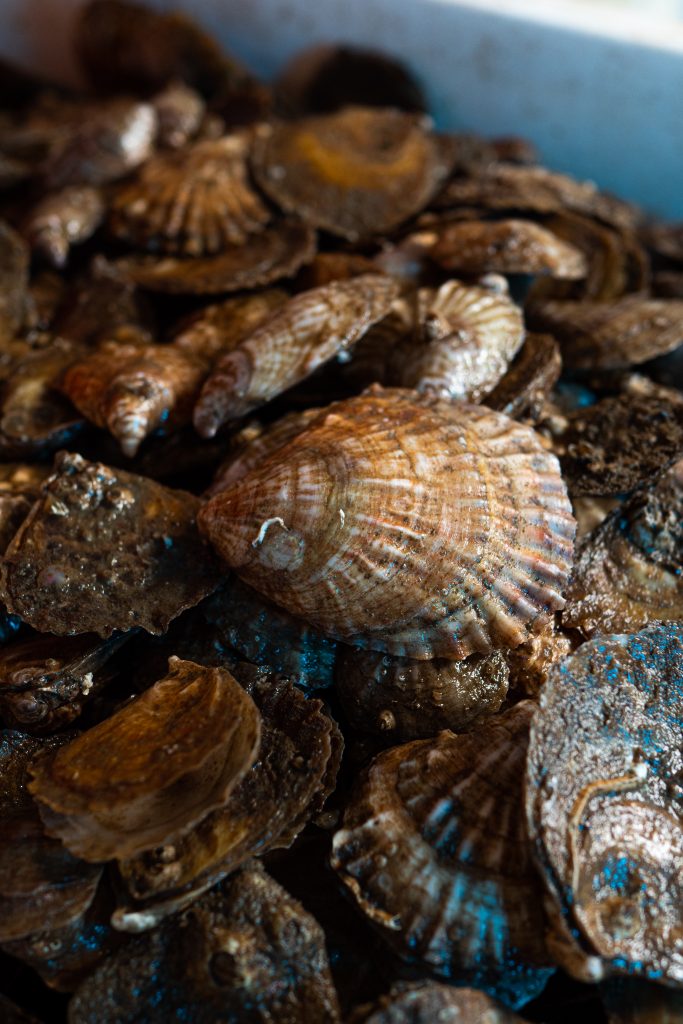
Read more about Solent Oysters here.
Site selection, licence application and organisation for creating a reef in one of the busiest waterways in the UK certainly caused a few headaches, but after a long arduous process everything fell into place and we had sign-off from all the people we needed.
It was a surreal experience, being collected by the small work boat to head out into the harbour that I have been into so many times before. This time was different. I knew something big was happening. Approaching the barge set-up I felt a mixture of anticipation and excitement — the big toys were out, and they were being used to build an oyster reef for us!
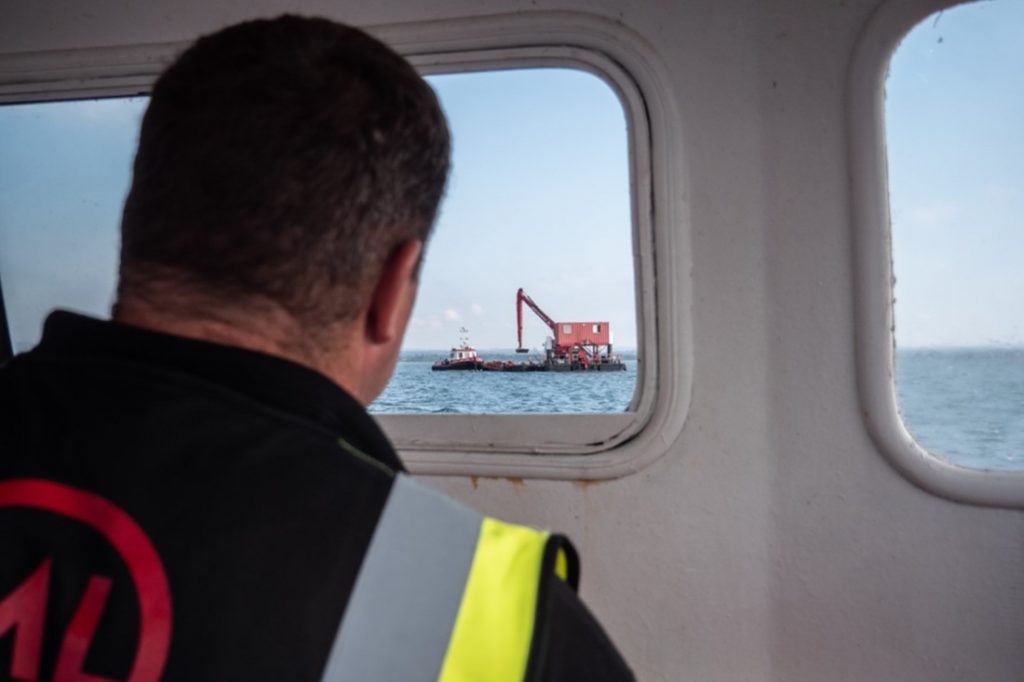
Watching the first drop of shell and gravel to form the base of the reef, and mimic the seabed, was exhilarating. In a year when anything that might go wrong had done, this was the first time that everything went to plan, which meant we could go full steam ahead with the rest of the reef creation.
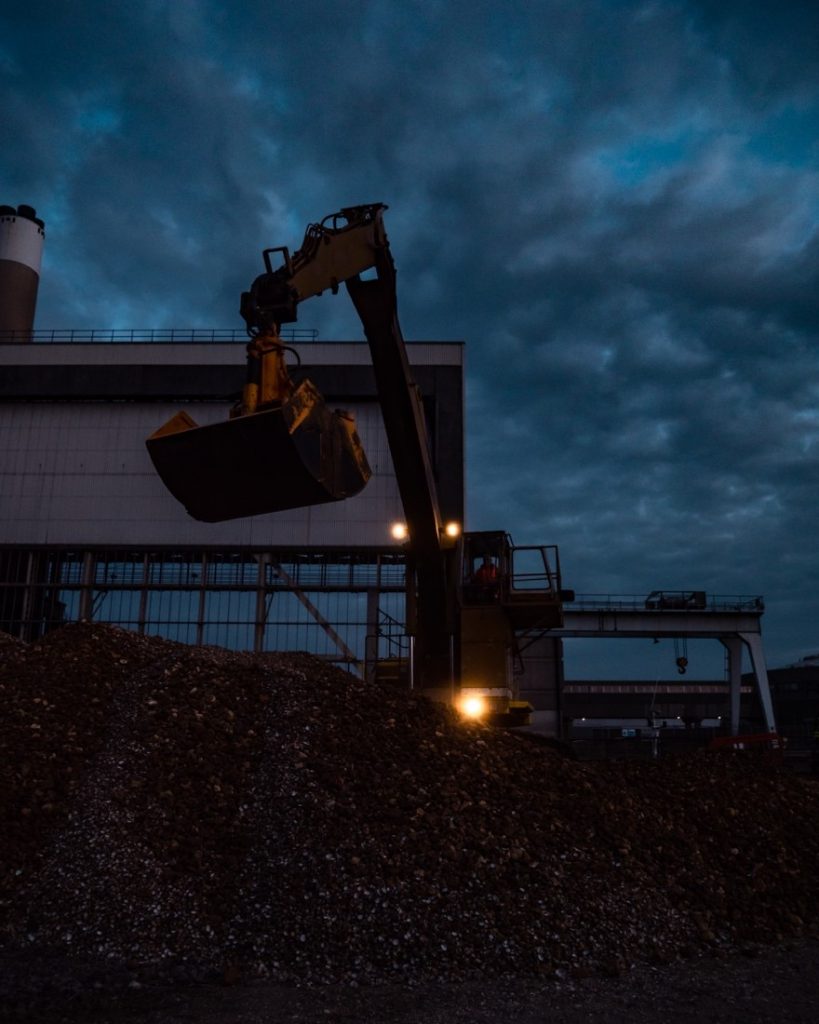
The second day of the seven-day programme allowed us all to see the entire process from start to finish. The morning began in the dark at 04:30, when I met BLUE’s Senior Project Manager, Jenny, and freelance camera operator Matt at Fawley waterside to witness the first step of the process — loading the barge. This was a swift operation, which allowed us all to get overly excited about the drone shots that Matt was getting. It was then a race: us by land, the ‘would-be’ reef by sea… the reef, however, didn’t need to grab breakfast on the way. Watching the second deployment onto the seabed, we knew we were in safe hands and could leave the operators to do their thing.
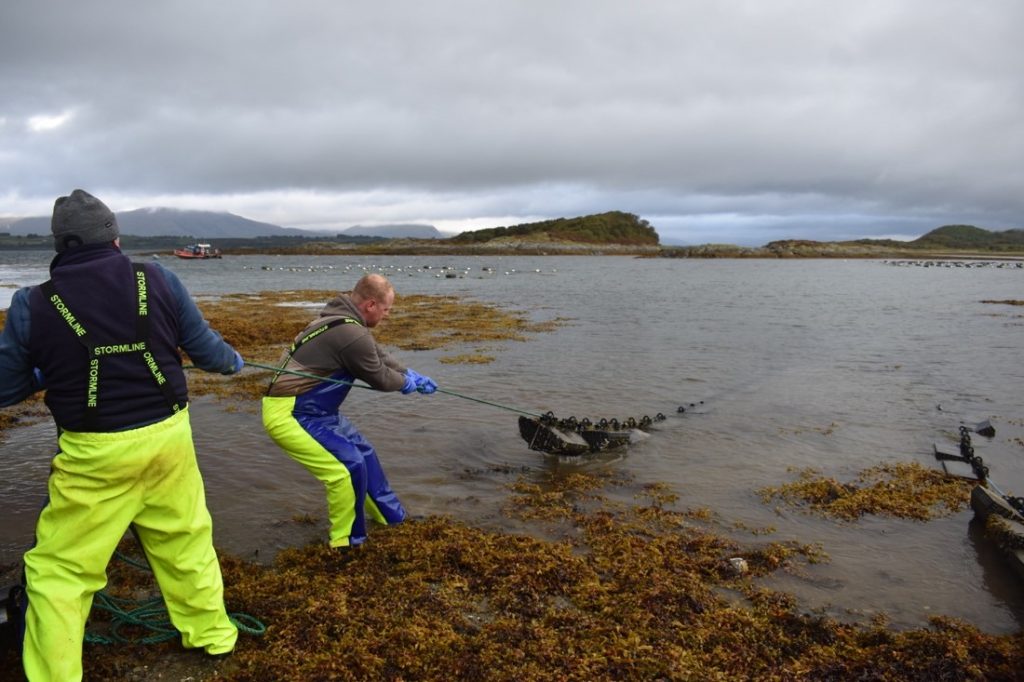
This left Jenny and me free to head up to Scotland to meet our colleague Alex and collect the first batch of oysters that would make their new home on the reef. Reversing a large van over soft sand and gravel is certainly an interesting experience, but after a short while the van was 15,000 oysters and half a tonne of shell heavier. Luckily we avoided any sinking dramas, and were soon on our way back down south, with 12 hours of Alex’s road trip singing ahead of us.
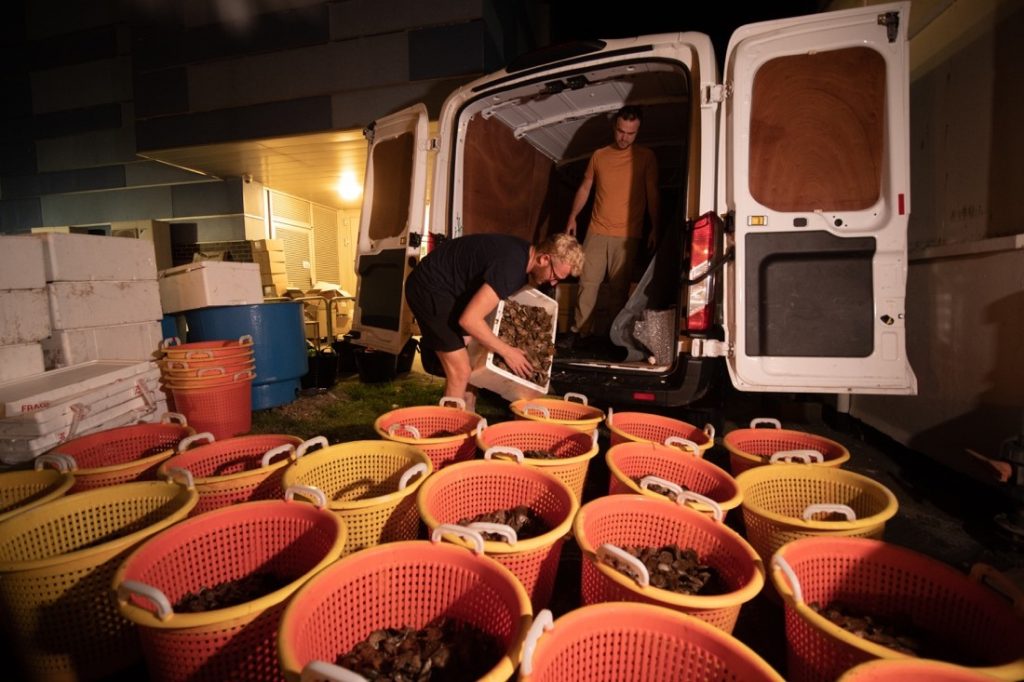
Unloading the van at 01:00, knowing that we were up again in a matter of hours to give them all a thorough clean made us work quickly, to get as much sleep as possible. To our relief, we arrived on site and were joined by an army of helper. All the oysters had to be checked and sorted before heading to the spa for a bleach bath, to make sure it was just the oysters that we threw out over the reef.
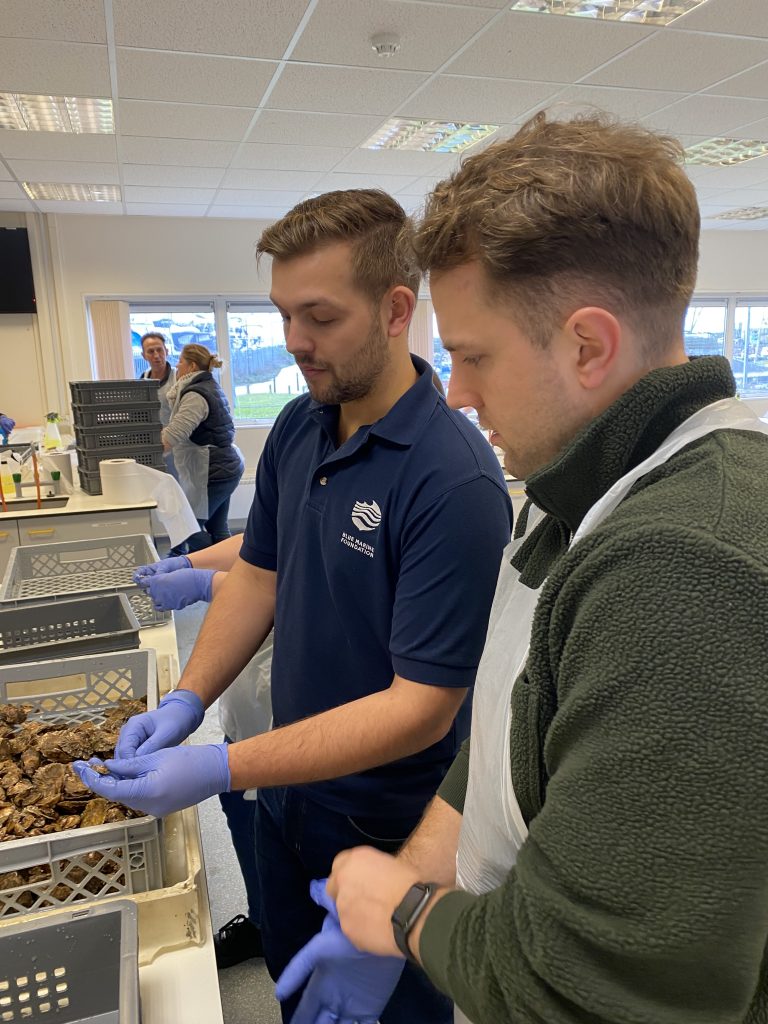
The final day of operations was upon us. Our reef was ready, GPS positions were plugged in, 15,000 oysters had been cleaned and sorted. A local fisherman was on hand, ready to take us to site, and cameras were at the ready. And — like that — it was all over. After all the planning, the countless hours of work to get to this point, the actual deployment of oysters takes but a matter of minutes, even when accommodating all the angles the film crews want to capture.
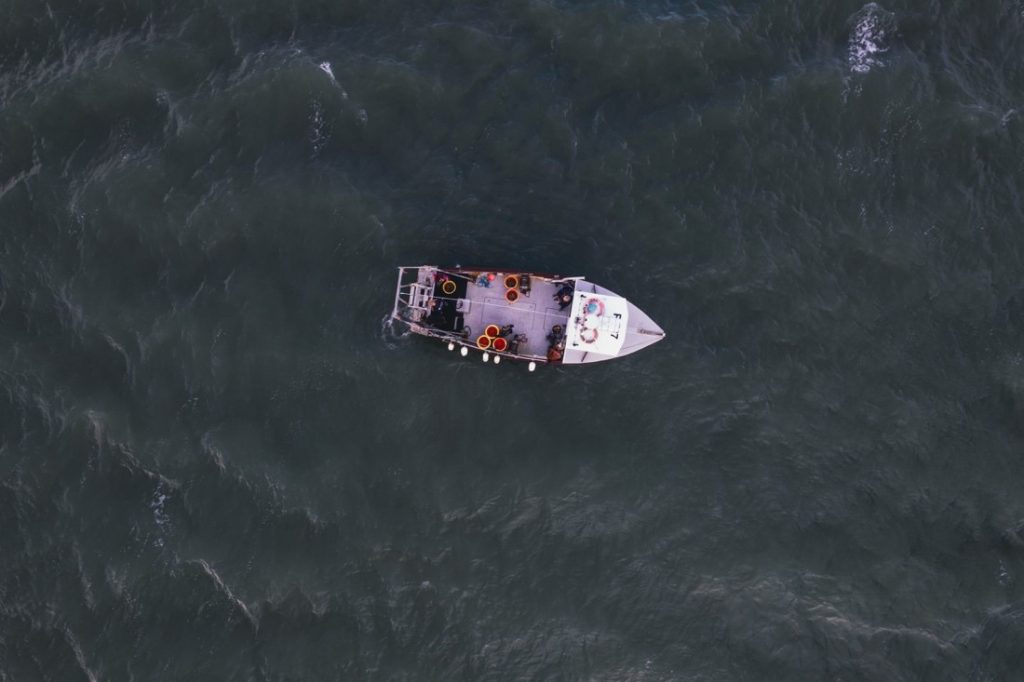
The reef in Langstone Harbour is the first in what we hope will become a network of reefs across the Solent. More oysters will need to be added over time, but hopefully within the next few years we will start to see natural settlement, and the populations will become self-sustaining.
The restoration and recovery of the European native oyster is not going to be quick. It is not going to be easy and it is not going to plain sailing. But the team in the Solent, and others across Europe, are in it for the long run.
For further details please see: Solent Oyster Restoration Project Overview
Photo credits: [1, 2, 3, 5 and 7] Matt Jarvis and [4] Jenny Murray.


















